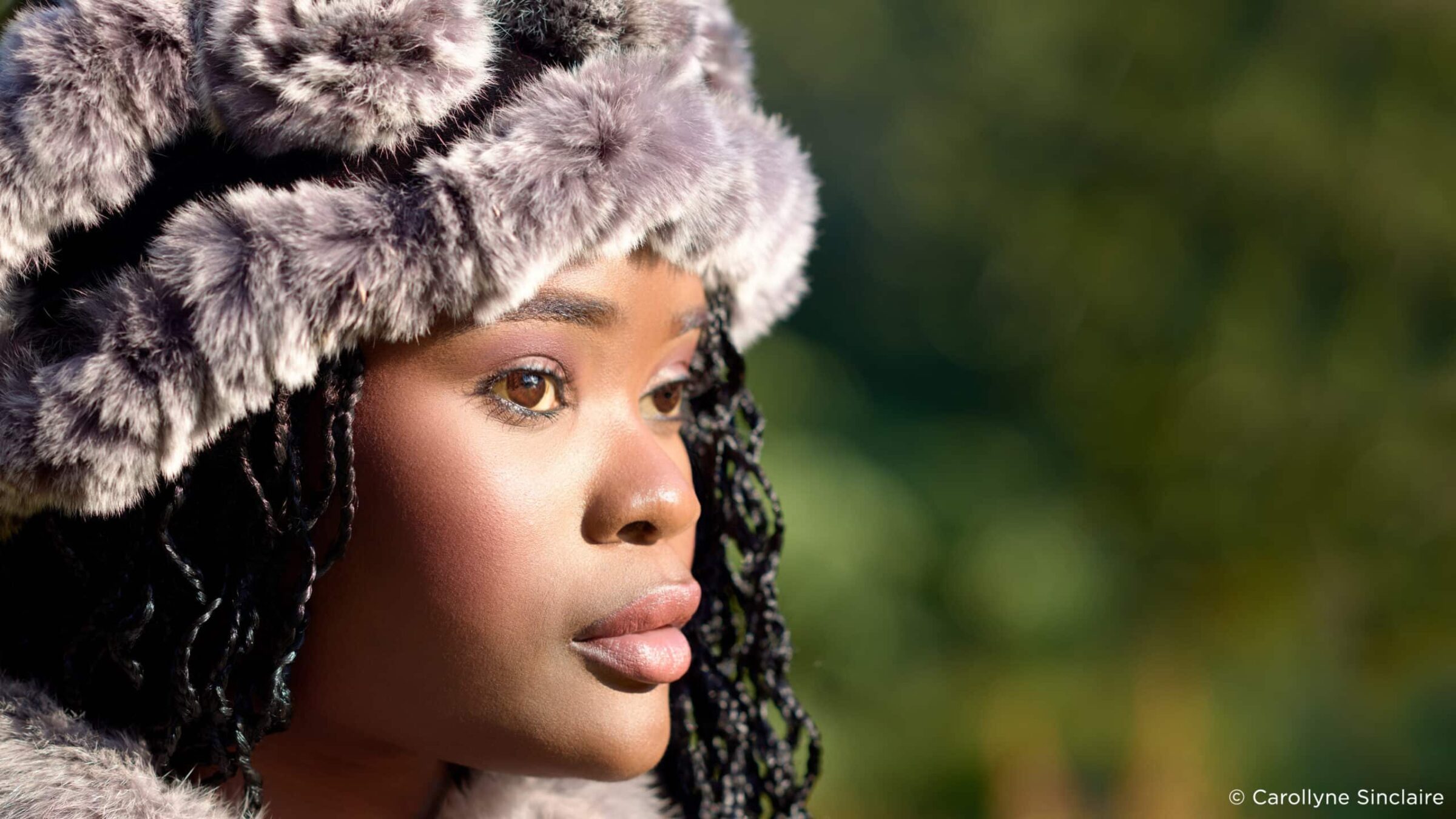About Carollyne Sinclaire
Growing up among Amish communities of Pennsylvania, Carollyne Sinclaire was surrounded by inspiration. She recalls running in the forests and wandering through art museums, free to explore and experience nature and art. She was talented from the start. Competing against adults, her seventh-grade painting won an art scholarship, but her family envisioned her attending university. Yet her passion for art, intellectual curiosity and enthusiasm for life has led to successfully blending scholarship, business, art, and charity.
Carollyne’s business is architectural design and real estate, guided by her expertise in real estate law, aboriginal law, and ethics. When she describes one of her business projects as a “big deal,” she’s not talking about money making. She describes working on the Canuck Place Children’s Hospice which opened in 1995 — the first free-standing children’s hospice in North America. It was designed, she said “so that families could come and live together while receiving great care. We created a scent garden, a six-foot fireplace, with wall space that needed to be filled. The process made me think, ‘why not do more with artwork?’” So, she began donating large photographs to raise money for charities.
Besides arranging donations to those in need and furthering her education to ensure the best possible client service, she’s passionate about her photography. Though her work has not yet been shown in a gallery she’s auctioned her work to countless charitable causes, including children’s charities, individuals needing medical treatment, schools, even the Royal Canadian Mounted Patrol. Whenever she finds someone doing something worthy – whether worldwide diseases or aid to the poor – she would donate her prints. Her photograph of an eagle was even acquired by President Obama.
“After experimenting with many different types of cameras, from 35mm to medium format, I chose Phase One because it offers the greatest detail on the planet. I don’t want a simple image; I want something that is breathtakingly beautiful. I also appreciate the fact that it is more science based. That means that when there’s a discovery or advancement in technology, the Phase One camera can be updated, whereas others can’t. I also researched the most beautiful pictures in world and studied which cameras those photographers had used.
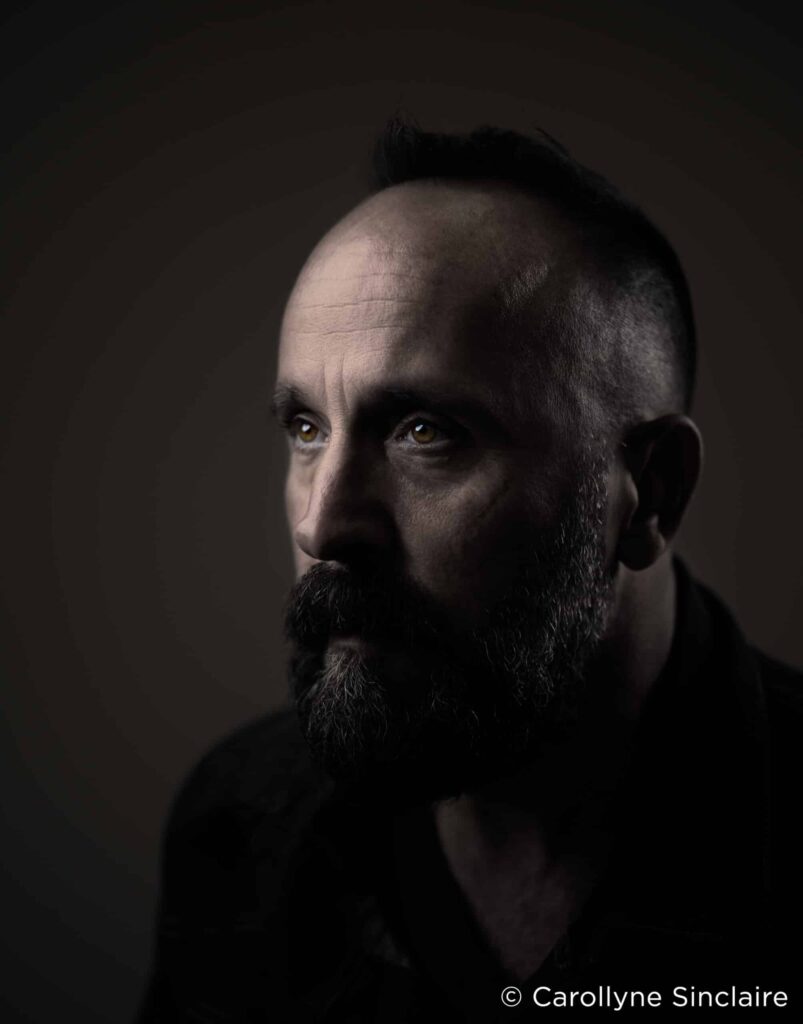
Why Phase One?
“The first time I shot with Phase One was at a Phase One seminar in Vancouver and I met Michael Mueller who was presenting. I had the opportunity to take his portrait, and I saw the results immediately, right out of the camera. I saved for a while to purchase my Phase One XF and XT cameras, and it was well worth it.
“My aim is to capture the most detailed images and the truest – it’s not enough to capture an appearance, but I want to achieve a greater perfection. I like the fact that Phase One enables a wider spectrum of artistic interpretation because it captures enough data, detail – you can reimagine your photos. As I mature as an artist, I’ll be able to return to them. I love learning techniques that allow me to expand my creativity and Phase One allows me to do that because it too is constantly changing and adapting.
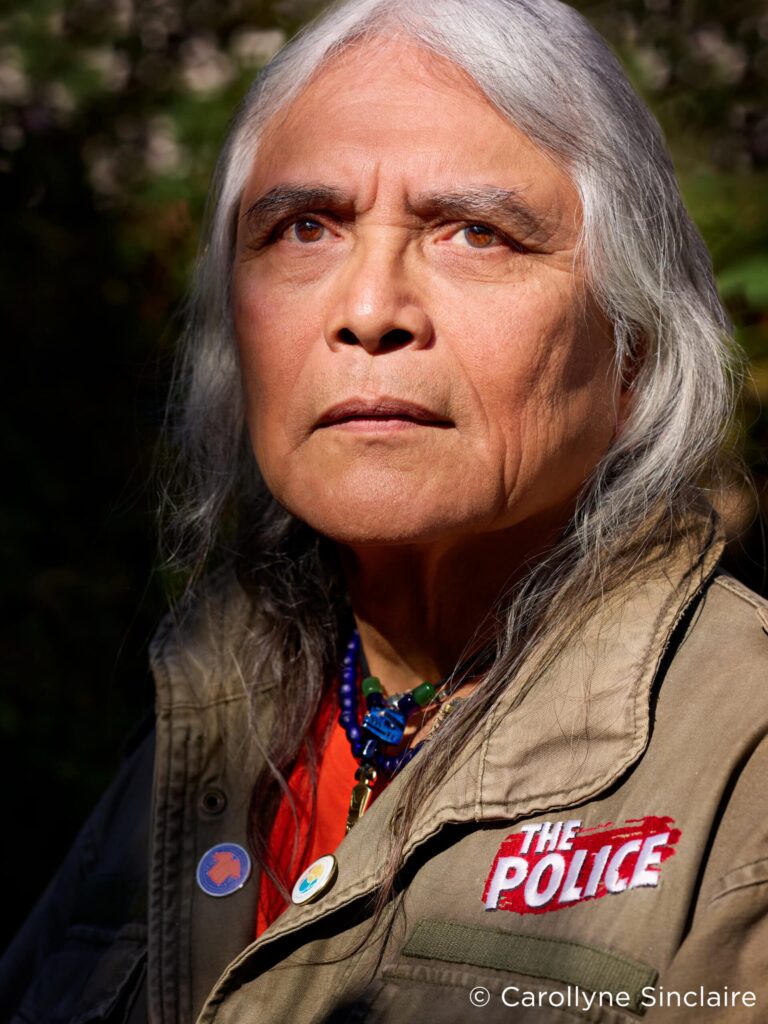
Portrait work
“I’m so in love with Phase One. Not only does it have the greatest detail I’ve ever seen, but the colors are the truest colors. It’s essential for my portrait work, (which I call “Life Legacy Portraits”) which I love to do, especially controlling light in the studio. My aim is to work in the manner of the Old Masters, to capture a portrait that can reveal more of the soul of human beings. My process is meticulous – my usual portrait can take about four hours, because I’m approaching it in a very technical way and will go back to focus the image again and again. It always matters how much background I leave in and what will disappear. With Phase One I can control that. And even though there are auto focus options on the XF, most of the time, I use manual focus and focus stacking to get what I want.
“In the past, I’ve photographed a wide range of people from different walks of life, different circumstances. I’ve photographed Bill Gates and his daughter, supreme court lawyers and judges, and people on the streets. My grandparents were immigrants, and I was always surrounded by people of other cultures. My recent portrait subjects reflect a greater diversity of lives and stories than ever before. My grandmother used to say, ‘remember, all people are the same. If you remember that we are all one heart, you will keep your life on track.”
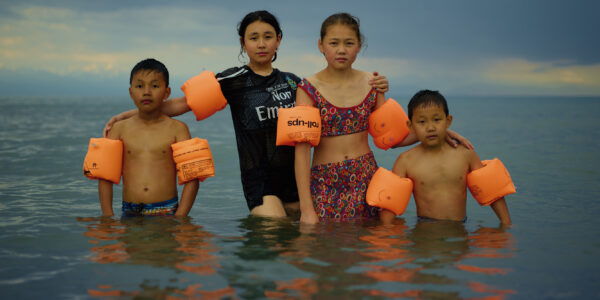
Photographer Stories
Intimacy in focus: Louise’s lens on humanity with Phase One_Part1

Photographer Stories
Dimitri Newman: Vision is Just the Start
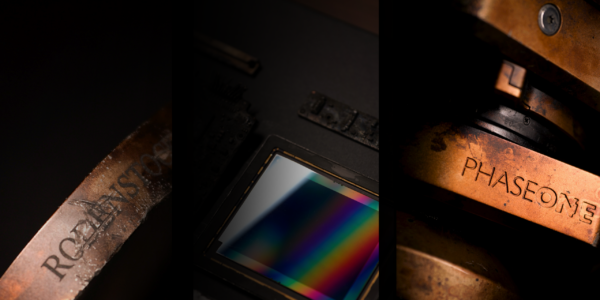
Photographer Stories
Ashes: The Rebirth of a Camera- Hexmalo
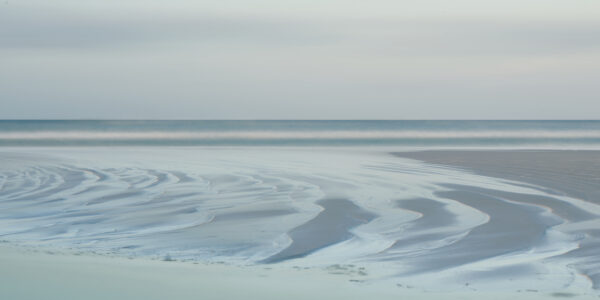
Photographer Stories
Chandler Williams: A Photographer’s Path
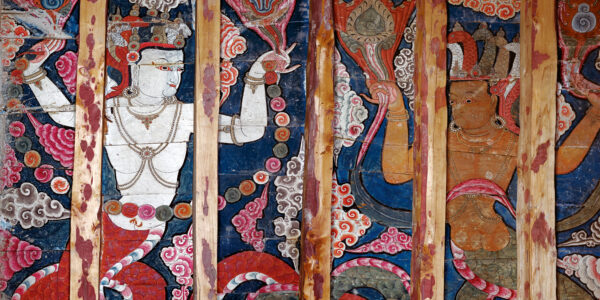
Photographer Stories
TABO- Gods of Light
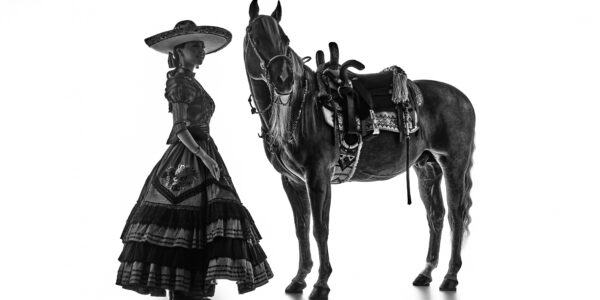
Photographer Stories
Loreto Villarreal – An Evolving Vision
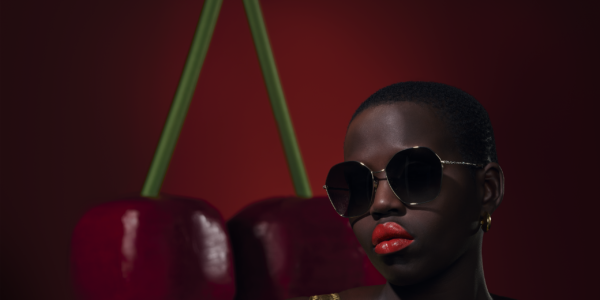
Photographer Stories
Tobias Meier – Storytelling Photography
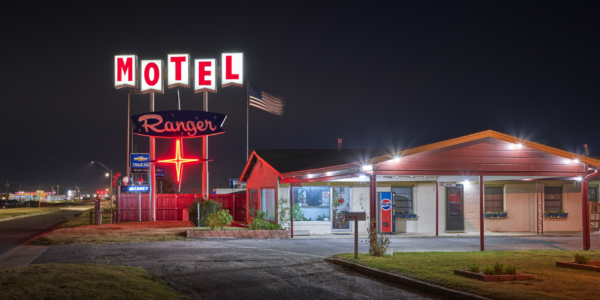
Photographer Stories
Gregory Essayan – Curating Reality

Photographer Stories
Total Solar Eclipse – Matthew C. Ng

Photographer Stories
Roger Mastroianni – Frame Averaging
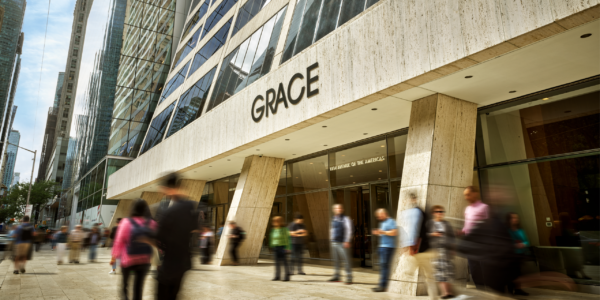
Photographer Stories
Matthew Plexman – Bringing portraits to life
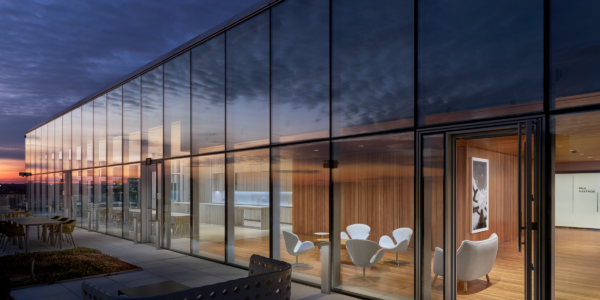
Photographer Stories
Prakash Patel – A Visual Design Story

Photographer Stories
Karen Culp – Food Photography Ideas
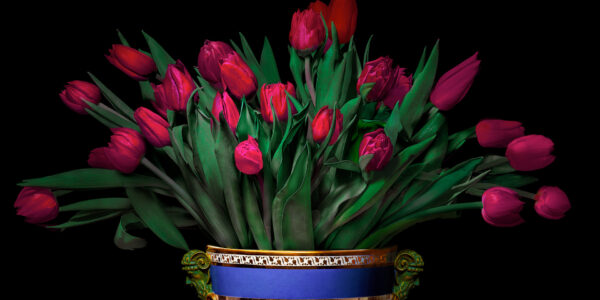
Photographer Stories
T.M. Glass: Flower portraits
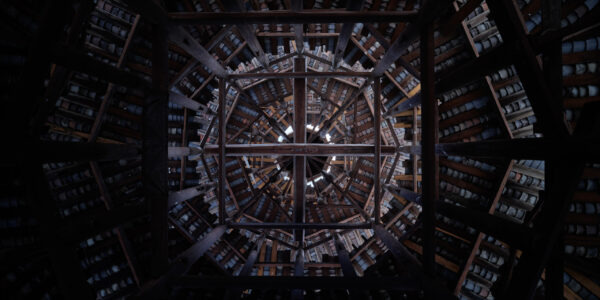
Photographer Stories
Preserving ancient Chinese buildings – Dong Village
